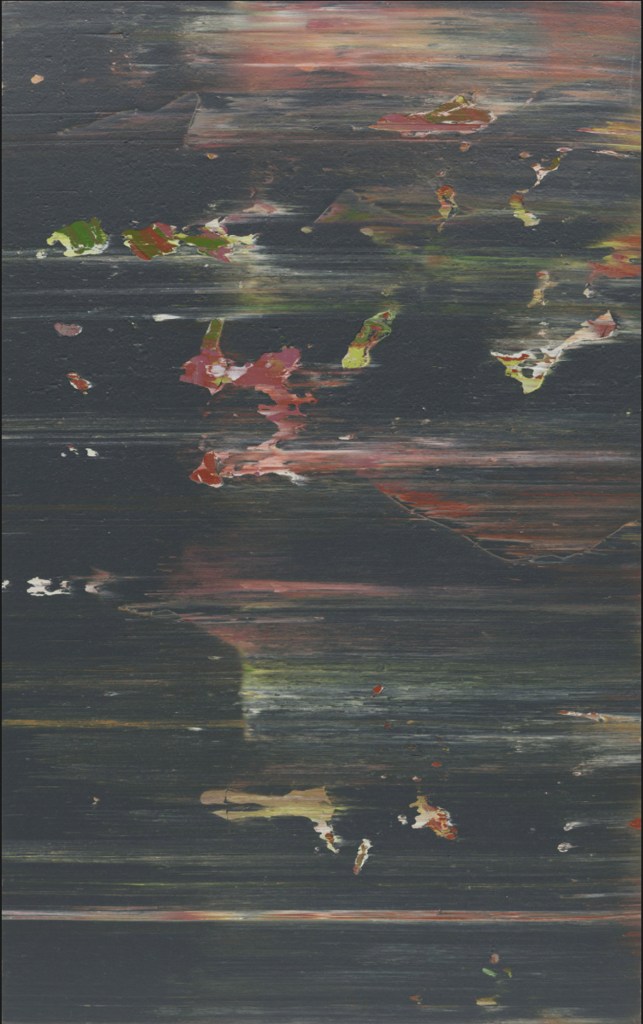
Contributed by Jonathan Stevenson / “The Messenger,” Jack Whitten’s momentous and flawlessly curated exhibition at the Museum of Modern Art, is a signal event not just in American art history but, arguably, in American history simpliciter. To be sure, it showcases an art polymath who broke and cultivated important ground across a broad swath of artistic endeavor. But its timing as a socio-political statement seems perhaps singularly important. A transgressive president, elected by a plurality of bafflingly heedless voters, wants to engineer the reversal of more than 150 years of halting progress – but progress nonetheless – towards the realization of the ideals of equity and equality that the Founders, however vaguely and incompletely, had in mind. While his administration twists the meaning of the Reconstruction amendments, jingoistically dismisses the triumphs of arduous civil rights movements, and erases the hard-earned accomplishments of people of color, LGBTQ, and women, Whitten’s work, produced over six eventful decades, solemnly defies these efforts and disallows their objectives.
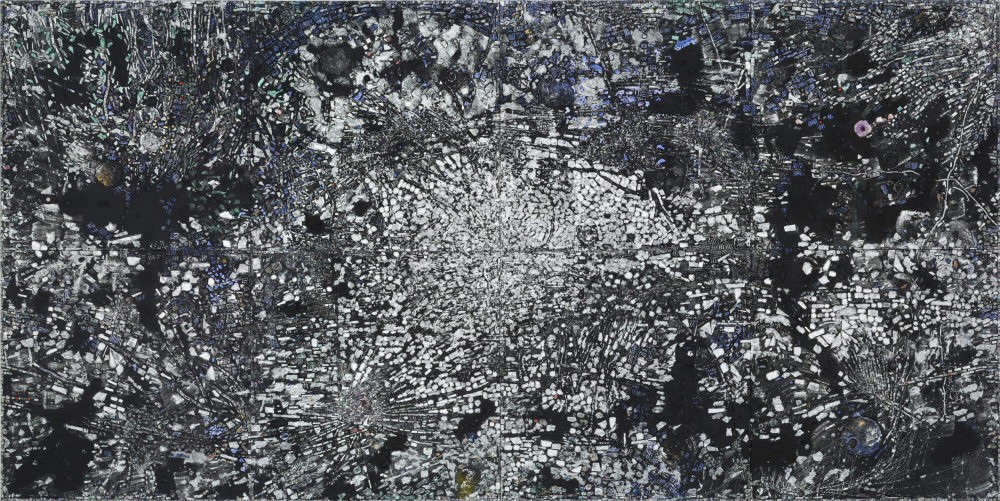
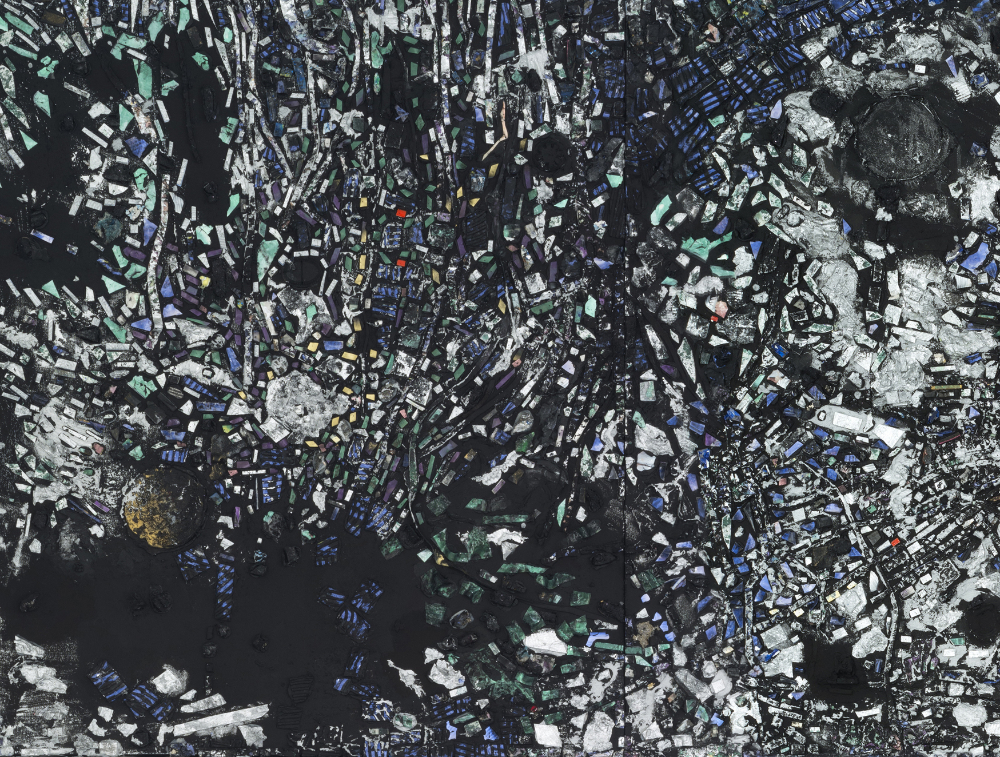

Whitten was born in Alabama to a seamstress and a coal miner. Jazz energized him, the Black civil rights movement enlightened him, and New York City inspired him. He made works expressly commemorating Muhammad Ali, Maya Angelou, James Baldwin, W.E.B. DuBois, Ralph Ellison, Barbara Jordan, Martin Luther King, Jr., Malcolm X, and other Black political and literary figures, as well as Black artists and musicians such as Jean-Michel Basquiat, Romare Bearden, Jacob Lawrence, and Norman Lewis, and Ornette Coleman, John Coltrane, Miles Davis, and Thelonious Monk. But any figurative impulses were calibrated and selective. Whitten was fundamentally an abstract artist, and he did not frontally brace oppression as some Black representational artists have done. His supreme gift was the ability to sublimate thought and action into paint, which might qualify as a Johnsonian definition of abstraction. He fused philosophical contemplation with inventive technical virtuosity (via acrylic paint, toner, and novel mark-making techniques) and incisively purposeful eclecticism (calling directly on Cezanne, de Kooning, Malevich, Mondrian, Picasso, Pollock, and Seurat), embedding his vision of the world into arresting physical objects that once seen are hard to forget.
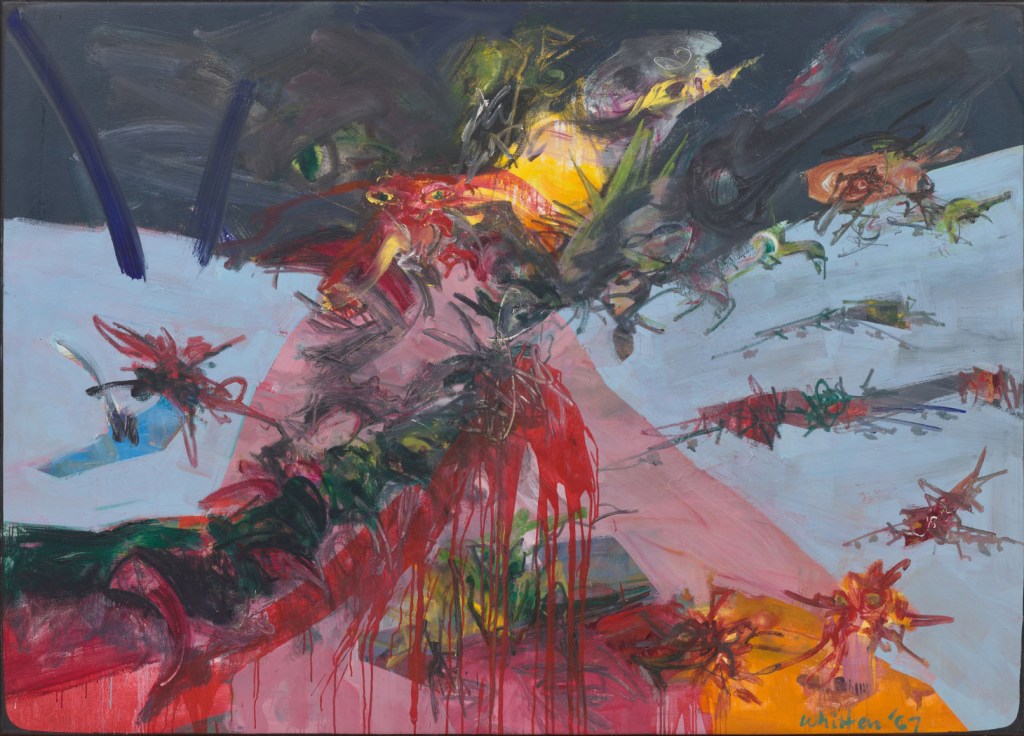

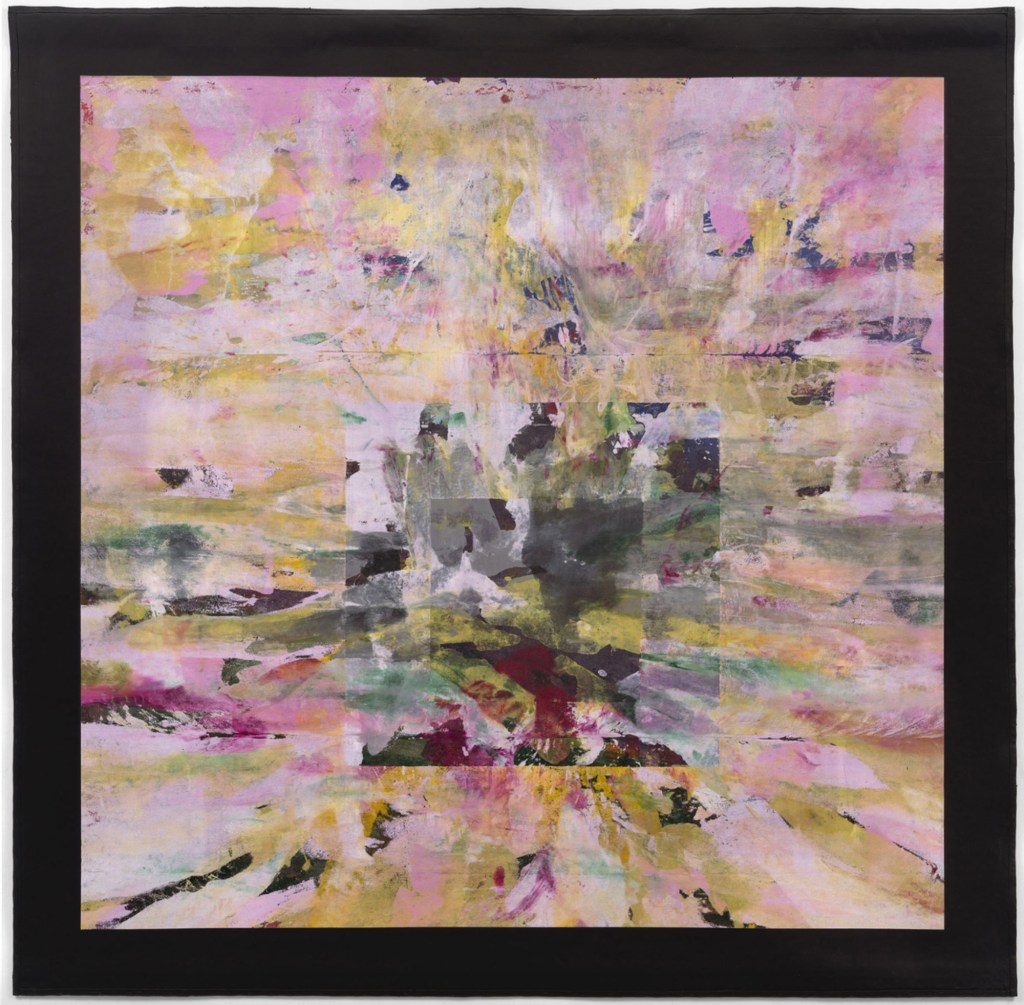
With abstraction, he observed, “memory is trapped in the material.” Nobody can get it out. Few artists demonstrate as vividly or authoritatively as Whitten the abundant capacity a two-dimensional canvas has in the right hands. Here the intrinsic subtlety of his work seems strategically welcome, avoiding the excessive “wokeness” that has perversely afforded the MAGA movement an easy target. Yet there is no denying the submerged moral power of works like Birmingham 1964, NY Battle Ground, Light Sheet I, Siberian Salt Grinder, For J.M.B., Door to Manhattan, the achingly sprawling 9.11.01, and the enveloping Atopolis: For Édouard Glissant. Made four years before Whitten’s death, the latter is a prophetic aspiration to a borderless, fraternal world. And he could rock a sculpture, as with Homage to Malcolm, at once supine and querulous, sad and defiant. Whitten’s impulse was to atomize, reconstruct, and camouflage, whether by reducing the grid to mosaics then reconstituted into paintings, raking his “Developer” device, squeegeeing, or just freely painting and enlisting nature itself for existential ballast. The potential energy he thus invested in a single work fixes the mind like a drawn and brandished gun.

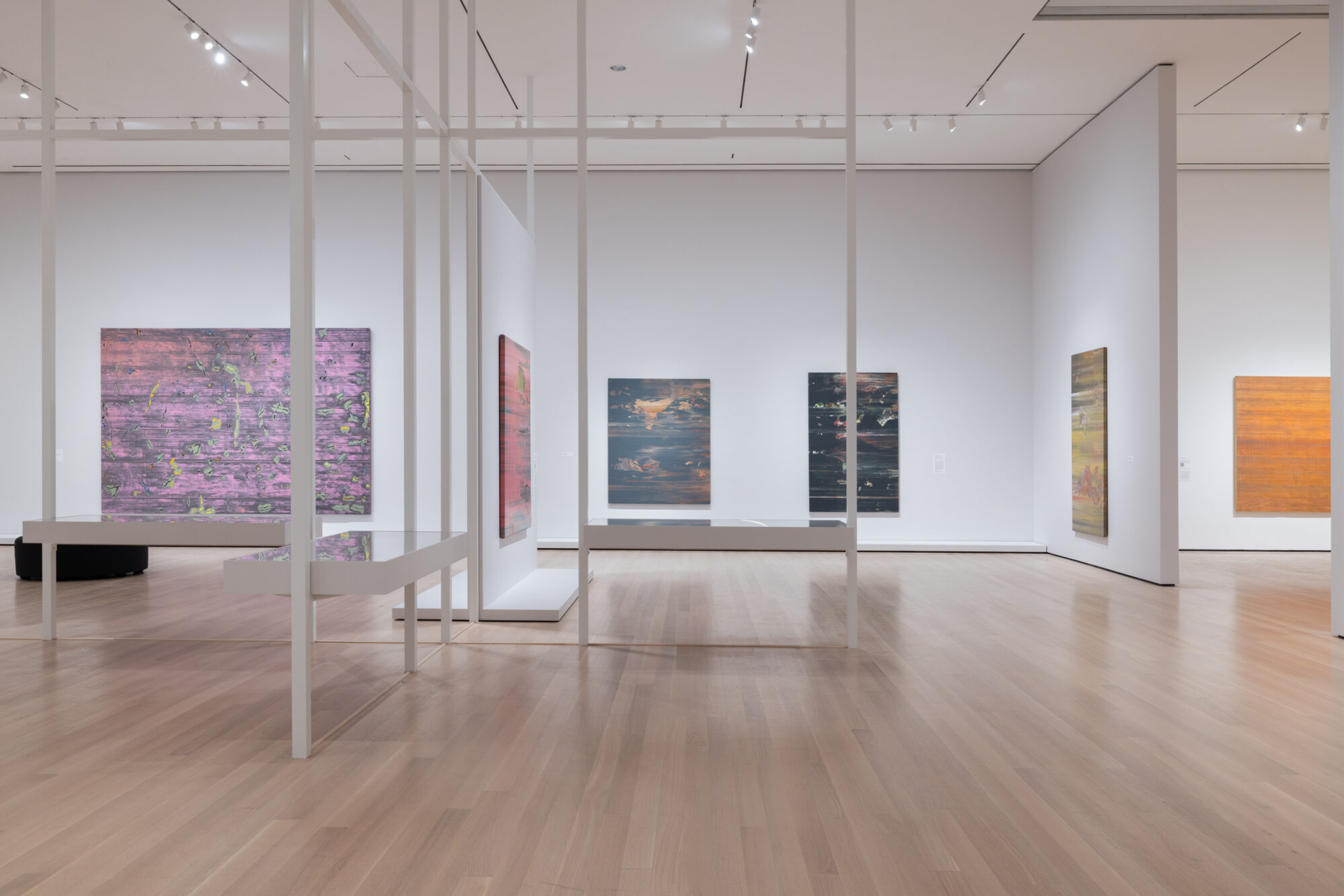
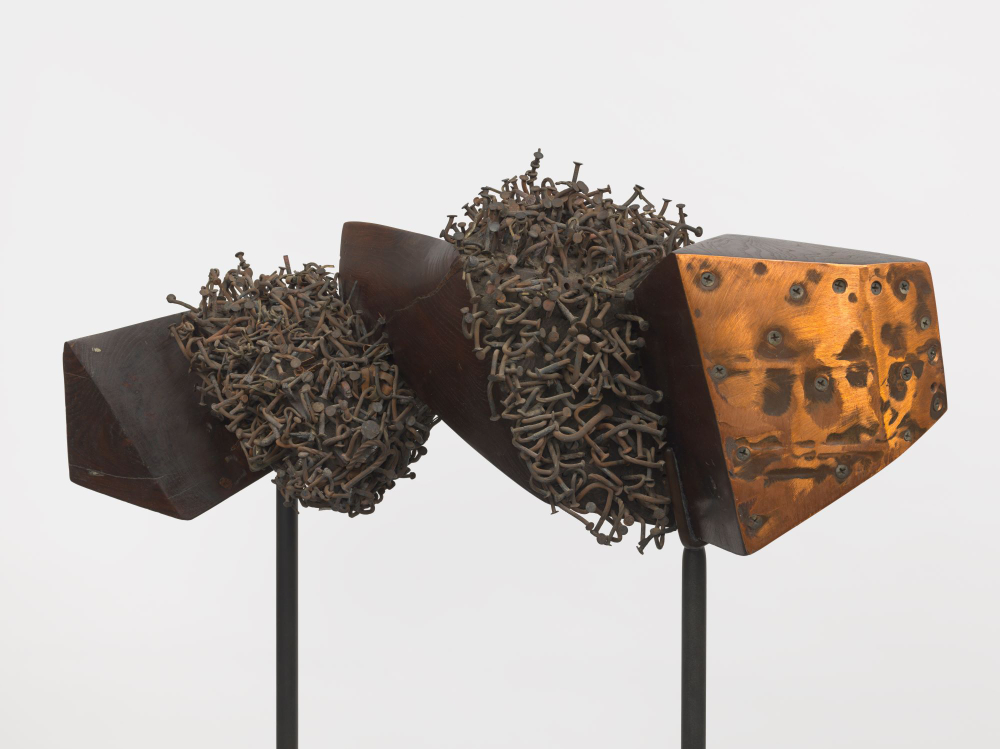
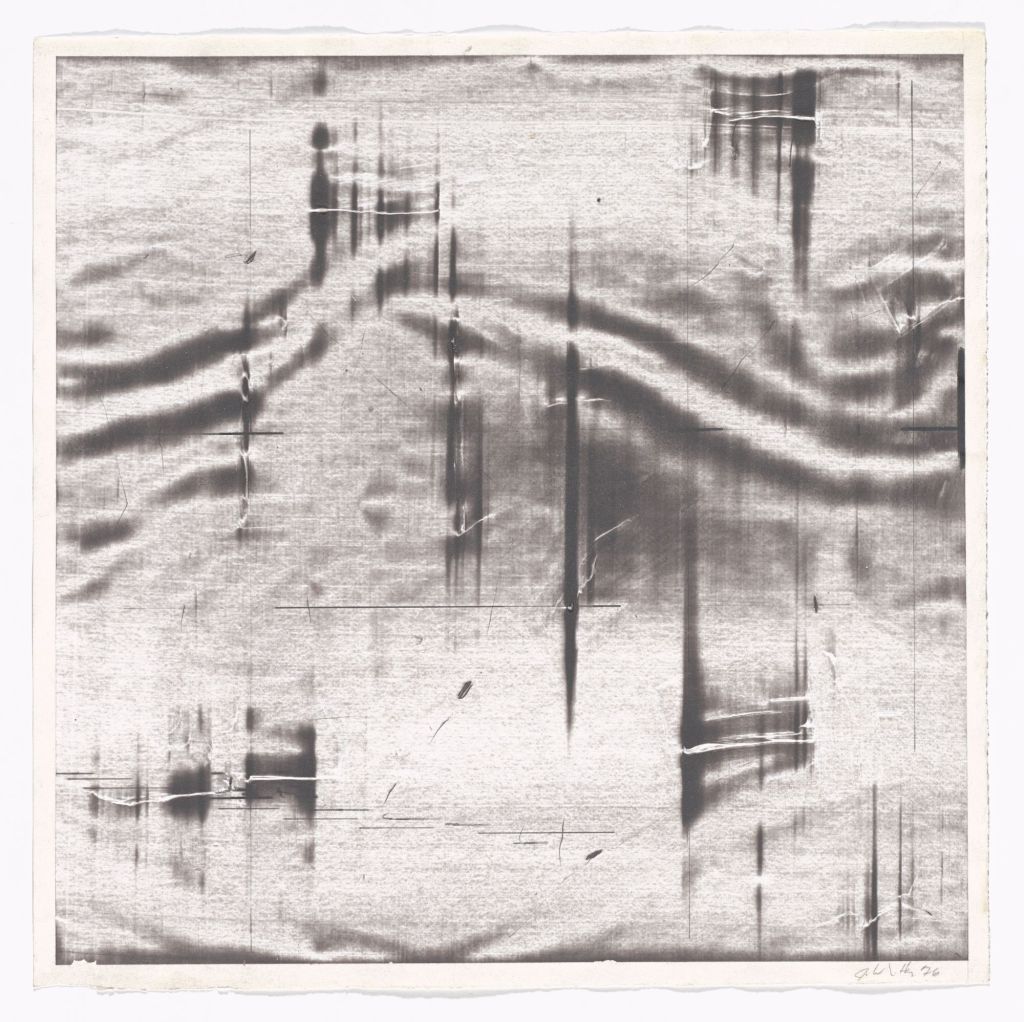
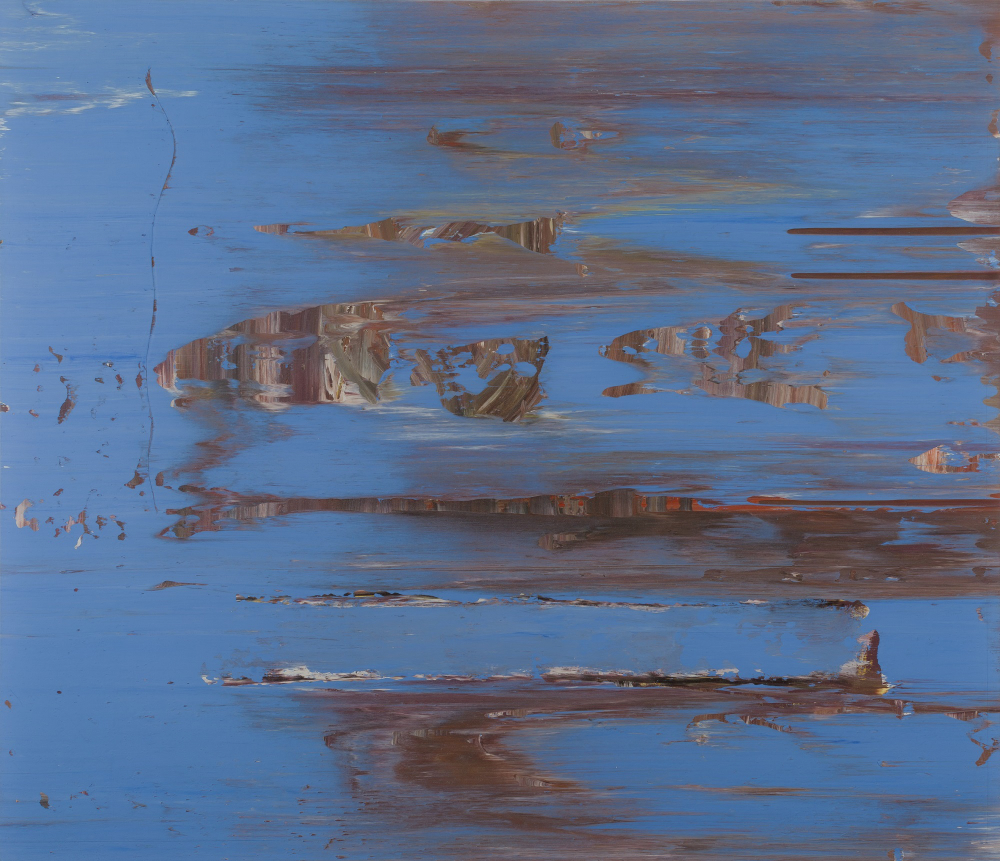
Like other American art institutions, MoMA did not readily embrace Black artists, first showing a lone painting by one – Earle Richardson’s Employment of Negroes in Agriculture – in 1934, almost five years after the museum opened. Alfred H. Barr, its iconic and groundbreaking first director, appreciated Black artists mainly as “modern primitives,” and the museum presented its first solo exhibition of a Black artist – William Edmondson’s sculpture in 1937 – condescendingly, as folk novelty. The museum would not mount another for 34 years, with Bearden’s in 1971. MoMA acquired barely as many works by black artists between 1929 and 2009 as it did in the subsequent decade. Such neglect presumably reinforced the substantial segregation in the art market and among many of the artists themselves.
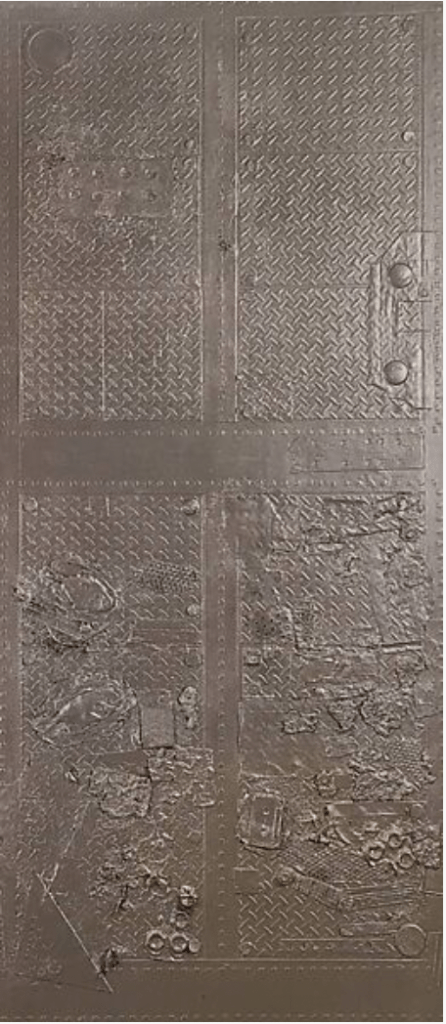
If MoMA’s publication of the volume of essays Among Others: Blackness at MoMA in 2019 amounted to a mea culpa, “The Messenger” could be viewed as a decisive correction. Apparently free of the trepidation now seen in other American institutions from law firms to universities, the show presents a Black artist who asserts with humbling – even intimidating – grace and aplomb that America has chronically let down Black Americans and celebrates those who have sought to confront and transcend racism and other prejudices. Certain observers straining for grievance might cry Critical Race Theory, DEI, or woke. But Whitten’s overriding message is a stark, unanswerable dare: “Erase this.” Expletive deleted, reluctantly.
“Jack Whitten: The Messenger,” Museum of Modern Art, 11 West 53rd Street, New York, NY. Through August 2, 2025. Check out Jack Whitten’s playlist here.
About the author: Jonathan Stevenson is a New York-based policy analyst, editor, and writer, contributing to the New York Times, the New York Review of Books, and Politico, among other publications, and a regular contributor to Two Coats of Paint.

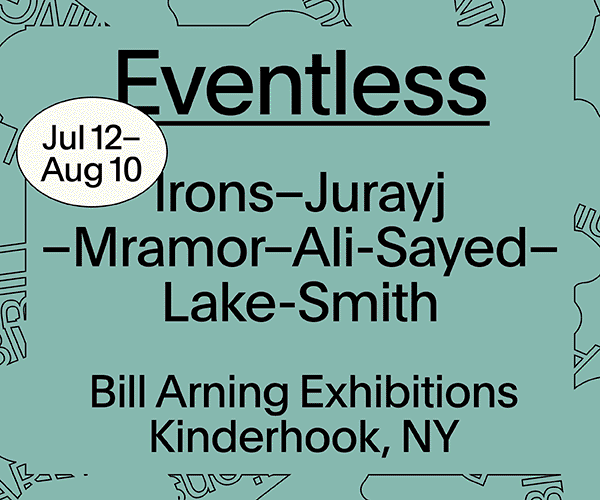
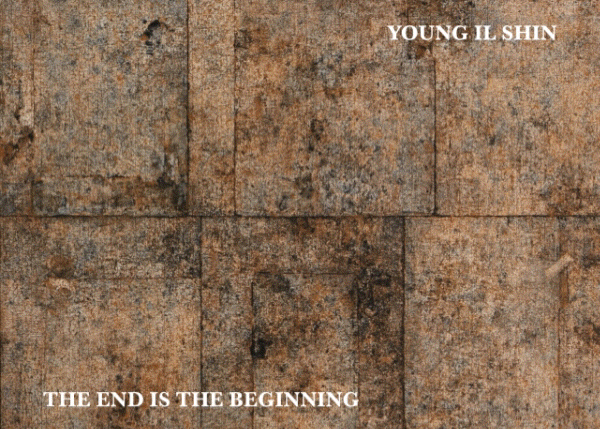
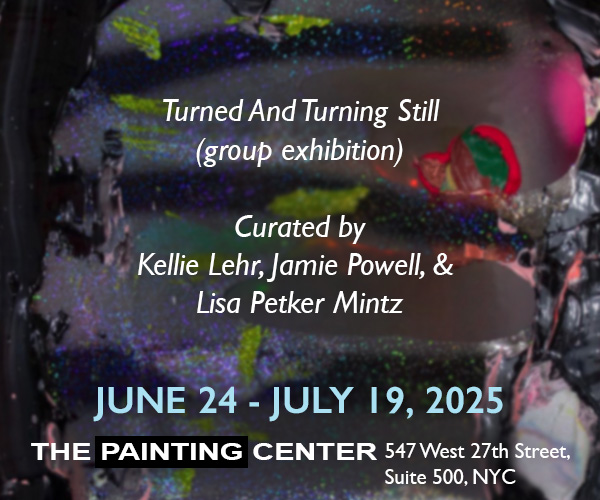
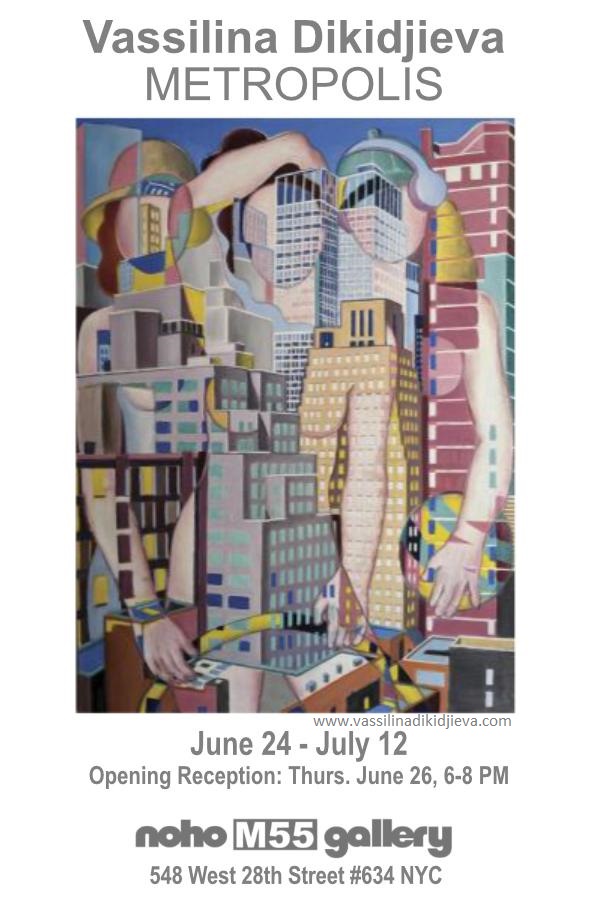
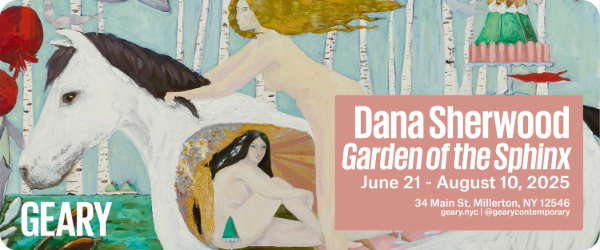










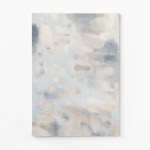
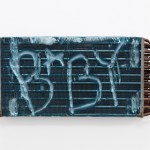

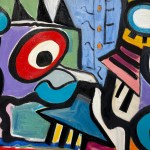
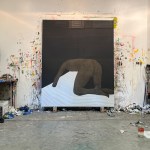
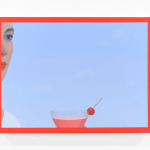
Brilliant assessment of the art and politics of a phenomenal exhibition. I’m just sorry that so few women were on his radar. Imagine the breadth of this creative force if his scope had included them. But thank you for your terrific writing.
This is brilliant Jonathan. I studied with Jack and his attitude was very much in the spirit you wrote here ‘Whitten was fundamentally an abstract artist, and he did not frontally brace oppression as some Black representational artists have done. His supreme gift was the ability to sublimate thought and action into paint, which might qualify as a Johnsonian definition of abstraction. He fused philosophical contemplation with inventive technical virtuosity (via acrylic paint, toner, and novel mark-making techniques) and incisively purposeful eclecticism…’
This is so powerful, you are bringing so much into this short piece. The impact of this show is unforgettable and I will go back again with your words in my ears. Great ending. Thank you!
Absolutely gutted that I can’t be in New York to see this show. Whitten is a painter and human who affects deeply. To operate with such grace and consumate ability in the face of such brutal ignorance should be an inspiration to us all. As you have written Jonathan, for this show to be taking place at such a moment in America, while not making up for the backwards criminality currently unleashing, should act as a beacon of hope. Whitten, forever a forward thinker, would no doubt be using the present situation to catapult himself even further toward the stars. Again, wounded I won’t get to witness what looks to be an incredible exhibition of one of the most deserving American painters.